Polestar 1 review

At a glance
| Price new | £139,000 |
|---|---|
| Used prices | £75,856 - £110,487 |
| Road tax cost | £620 |
Get an insurance quote with

|
|
| Fuel economy | 32.5 mpg |
| Miles per pound | 4.8 |
| Number of doors | 2 |
| View full specs for a specific version | |
Available fuel types
Hybrid
Pros & cons
- More electric range than any other plug-in hybrid
- Relentless performance and impressive handling
- Very exclusive, with just 1,500 units being made
- Styling is subjective, but doesn’t it look fabulous?
- Left-hand drive only
- Ride quality lags behind rivals
- Cabin is largely the same as much cheaper Volvo models
- Tiny boot smaller than all rivals
Polestar 1 Coupe rivals
Overview
The Polestar 1 is the first standalone model from the Swedish manufacturer that, until 2017, was primarily the performance arm for Volvo. Since then, Polestar has become an independent brand under the ownership of Volvo, aimed at building high-end hybrid and electric cars that share the same underpinnings as other models from the Geely group.
A luxury GT coupe, the 1 is based on the SPA (Scalable Product Architecture) platform that’s also used on cars such as the Volvo XC90, V60 and S90. However, coming in at £139,000, the 1 is aimed far higher than its Volvo siblings, with rivals including the Bentley Continental GT, Mercedes-Benz S-Class Coupe and even the Porsche 911. Limited to 1,500 units worldwide and coming in left-hand drive form only, the plug-in hybrid 1 is positioned as the flagship of Polestar’s range, with other, more affordable models – such as the Polestar 2 – arriving over the next few years.
Should Polestar’s debut model tempt you out of your Porsches, Bentleys and Mercedes-Benzes? Read on to find out.
Plug-in hybrid powertrain
The Polestar 1 delivers 608hp and 1,000Nm of torque, delivered through two electric motors, one starter generator and one petrol engine. The two 85kW motors are located on the rear axle and power the rear wheels, with charge being drawn from a 34 kWh battery. This equates to 232hp and 480Nm of electric power alone, plus the crank-integrated starter generator that makes 68hp and 161Nm of torque.
All of the above works in tandem with a 2.0-litre four-cylinder turbocharged and supercharged petrol engine that sends 309hp and 435Nm of torque through the front wheels. Depending on which drive mode is selected, the Polestar 1 can run in electric mode only (with a total range of up to 78 miles – more than any other plug-in hybrid) or deliver crushing performance (0-62mph in 4.2 seconds and a top speed of 155mph) in ‘Power’ mode, where both the motors, starter generator and petrol engine combine.
Impressive handling despite hefty kerb weight
Weighing in at 2.4 tonnes, the Polestar 1 is about twice as heavy as your average Ford Fiesta – not something that bodes well for agile handling. However, thanks in part to, the clever use of carbon fibre, an even weight distribution and a set of Öhlins Dual Flow Valve (DFV) adjustable dampers, on-road handling is superb. There’s little indication that the 1 is as heavy as it is, with strong grip and traction through bends and impressive all-round agility.
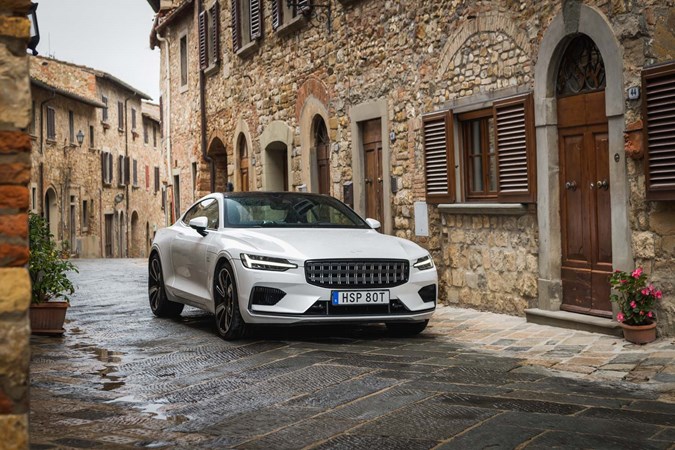
It is, despite the weight and size, an enjoyable car to drive quickly, even on the tightest of roads. And, for those concerned about stopping such a hefty car, the Akebono front brakes deliver scarcely believable stopping power – even if they can feel a little grabby at low speeds.
Ride comfort not up there with rivals
The downside to those Öhlins dampers is that, unlike in all of the 1’s rivals, the firmness of the suspension (and therefore how sporty or comfortable it feels) cannot be adjusted at the flick of a switch. It’s a far more committed process that requires lifting the bonnet up to tweak the front and raising the car up on a trolley jack to reach the rears.
Stick with the standard settings (which most customers likely will) and the 1 delivers exceptional handling and decent ride comfort (especially at high speed), yet the latter is nowhere near as cossetting as either, say, a Mercedes-Benz S-Class Coupe or Bentley Continental GT when in their softest setting.
It’s a highly unusual decision to build a GT car with manually adjustable dampers, and the result is that the Polestar can’t match the easily switchable dual-nature of its rivals. That said, refinement is superb, with low road and wind noise, plus the bonus of having a near-silent electric motor can’t be ignored.
Interior borrowed from Volvo
The Polestar 1’s interior borrows many parts (including the switchgear, infotainment system and numerous design aspects) from the Volvo S90, with all equipment fitted as standard. Because of this, the 1 enjoys a functional, hi-tech and comfortable cabin that’s available with either dark and light Nappa leather. Whether the interior feels like one befitting a £139,000 car is questionable, however.
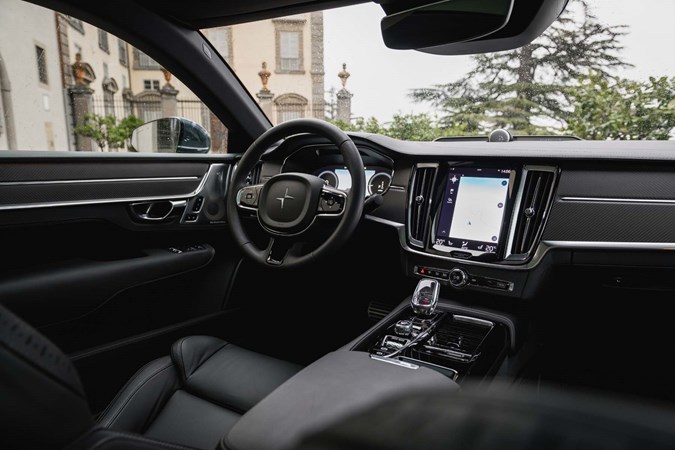
Poor practicality
Billed as a two-door 2+2 luxury coupe, the Polestar 1 has two seats in the front and two smaller seats in the rear. As is normal for this layout, the back seats are only suitable for small children (two Isofix points are fitted as standard), as head and leg room for fully grown adults is severely lacking. What isn’t as normal, is the severe lack of luggage space. Coming in at just 143 litres, the 1 has less than half the bag-carrying capacity of the S-Class Coupe and Continental GT, only just delivering more than the Porsche 911 sports car.
Read on for the full Polestar 1 review and see what we think of the Swedish brand’s debut model





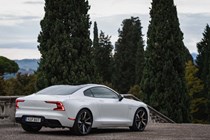



.jpg)

.jpg)
.jpg)
.jpg)
.jpg)
.jpg)
.jpg)



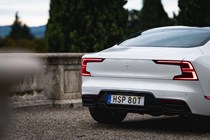
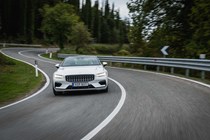
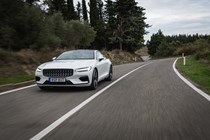
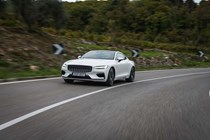
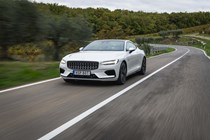

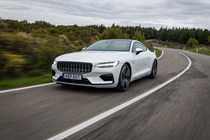
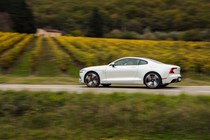



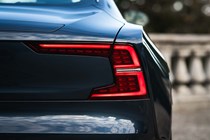

.jpg)

.jpg)
.jpg)
.jpg)

.jpg)



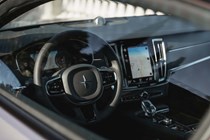
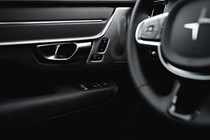





.jpg)
.jpg)
.jpg)

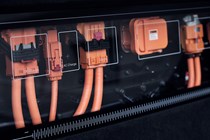

.jpg)










.jpg?quality=50)

.jpg?quality=50)
.jpg?quality=50)
.jpg?quality=50)
.jpg?quality=50)
.jpg?quality=50)
.jpg?quality=50)
















.jpg?quality=50)

.jpg?quality=50)
.jpg?quality=50)
.jpg?quality=50)

.jpg?quality=50)










.jpg?quality=50)
.jpg?quality=50)
.jpg?quality=50)



.jpg?quality=50)